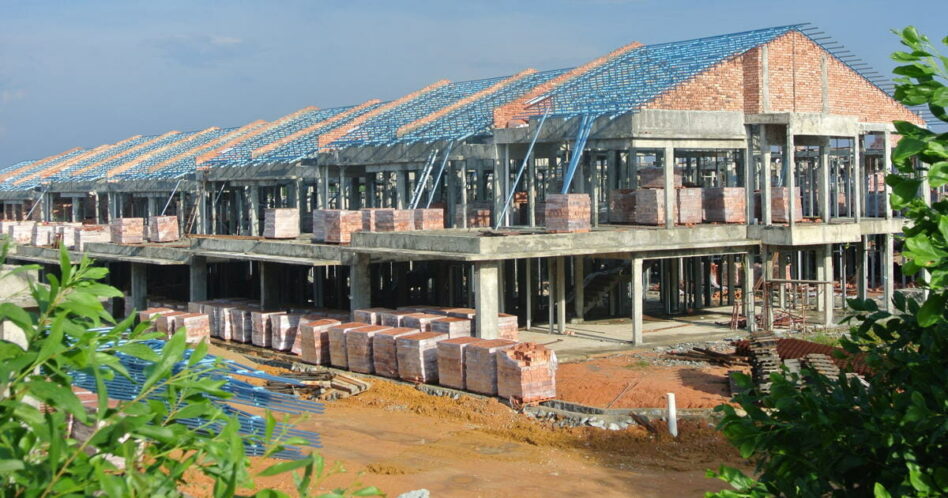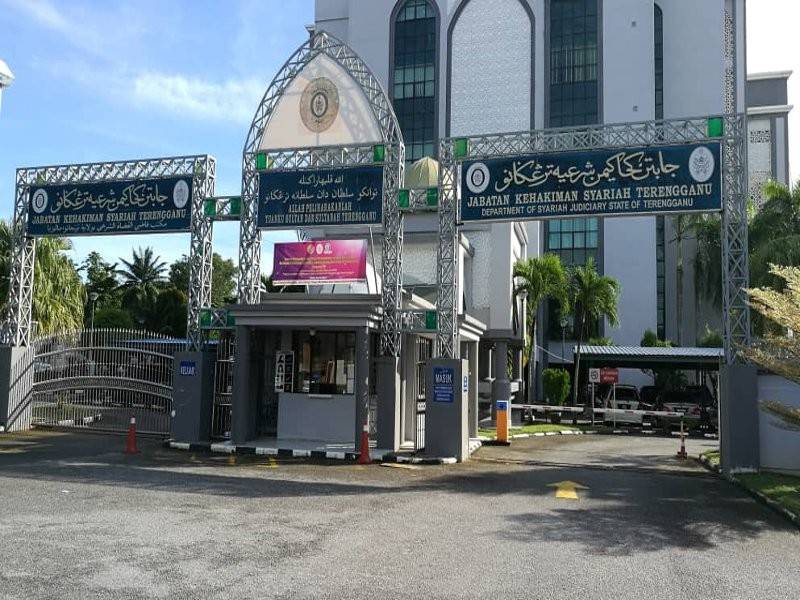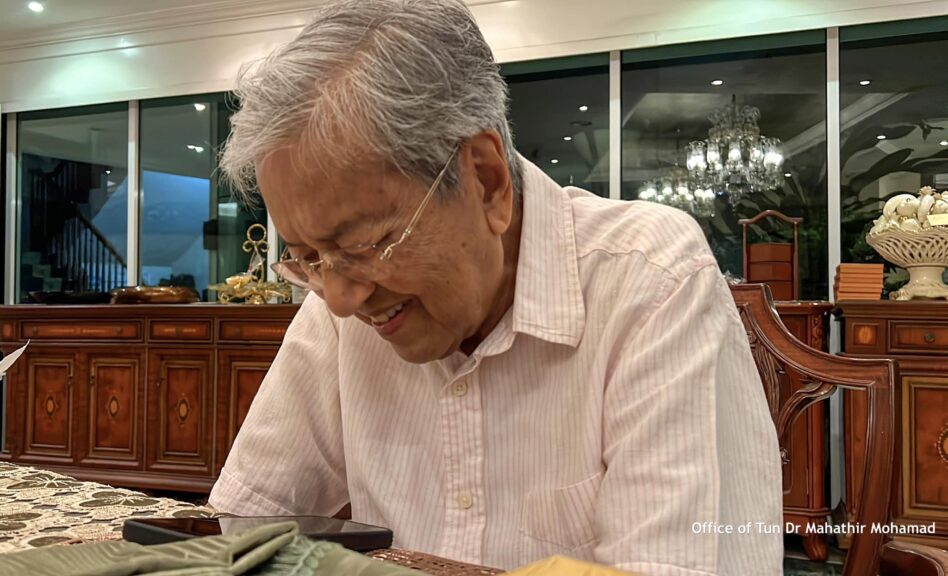DESPITE the imminent withdrawal of US forces from Afghanistan being seen by some that the superpower is losing grip over its hegemony, it is not necessarily the case.
It actually looks like that the US taking on a new dimension. The withdrawal of forces should not be interpreted as a sign of its weakness in the global arena.
By maintaining a minimal presence in Afghanistan and requesting assistance from regional countries to maintain peace and security there, they are signalling that their focus is shifting elsewhere.
One clue to the shift in focus is the US Senate unanimously passed legislation on July 14 to prohibit the import of products from China’s Xinjiang region. This is a clear and strong stance adopted by the US towards China, showing that the undercurrent tension between the two countries has grown much more visible.
Malaysia and Association of Southeast Asian Nations (Asean) must look into this changing geopolitical dynamics. The continued civil unrest in Myanmar, as well as the impact of the COVID-19 outbreak, may lead to Asean countries to pay less attention to the rising US-China conflict.
Furthermore, the current domestic political uncertainty, along with the recent invasions of foreign military vessels and aircraft, raises concerns about whether Malaysia is prepared to meet such security threats.

The indicators
The US has spent US$2.26 tril on the war in Afghanistan since 2001, according to the Watson Institute International & Public Affairs at Brown University’s Costs of Project, which includes operations in both Afghanistan and Pakistan.
By withdrawing from Afghanistan, the US will be left with substantial sum that can be used for “other” purposes. What exactly are these purposes and why is it mobilising the most advanced military assets to the Indo-Pacific area, remains a mystery.
Secondly, the US is mobilising its collective support against China via the North-Atlantic Treaty Organization (NATO) and the G7’s recent stand against it.
Canada, France, Germany, Italy, Japan, the UK and the US make up the G7. As guest countries, the UK has invited leaders from Australia, India, South Africa and South Korea to the Leaders’ Summit.
The G7 underscores the significance of peace and stability across the Taiwan Strait, as well as deep concern about the situation in the East and South China Seas, and strongly condemns any unilateral moves to change the status quo and escalate tensions at that summit.

China’s ambitions and assertive behaviour, according to NATO’s Brussels Summit Communiqué, pose a threat to the rules-based international order and areas crucial to Alliance security. Furthermore, to construct a nuclear triad, China is rapidly growing its nuclear arsenal with more warheads and sophisticated delivery technologies. China is also collaborating militarily with Russia, participating in Russian manoeuvres in the Euro-Atlantic region, for example.
The statements from G7 and NATO are setting a tone and preparing the world for a future conflict in the Indo-Pacific.
Thirdly, the US Air Force (USAF) is sending more than two dozen F-22 stealth fighters which use stealth technologies to a training exercise in the Western Pacific this month. This aircraft is one of the world’s most advanced fighter jets.
The F-22A Raptor is an advanced tactical fighter aircraft developed for the USAF, according to airforce-technology.com. With a focus on agility, stealth, and range, it was introduced to the USAF in December 2005.
Next, the Department of Defense’s Unified Command Plan designates the United States Indo-Pacific Command (USINDOPACOM) as one of six geographic combatant commands, according to pacom.mil (UCP).
USINDOPACOM is responsible for deploying and integrating US Army, Navy, Air Force, and Marine Corps forces in the USINDOPACOM area of responsibility (AOR), which includes the South China Sea, in order to fulfil US national security objectives while safeguarding national interests.
USINDOPACOM is committed to enhancing stability in the Asia-Pacific region with allies and partners by promoting security cooperation, encouraging peaceful development, responding to contingencies, deterring aggression and fighting to victory when required. Partnership, presence and military readiness are the cornerstones of this strategy.

More than 35 aircraft and nearly 800 airmen from Pacific Air Forces and Air Combat Command will be deployed to the AOR this month to engage in Operation Pacific Iron 2021, according to a statement posted on USINDOPACOM’s website on July 13.
In addition, it defines Pacific Iron 2021 is a PACAF (Pacific Air Forces) dynamic force employment operation aimed at projecting forces into USINDOPACOM’s area of responsibility in support of the 2018 National Defense Strategy (NDS), which urged the military to become more lethal, adaptable and resilient.
Japan joins the foray
Dynamic force employment (DFE), according to the 2018 NDS, offers for greater flexibility in proactively shaping the strategic environment while preserving readiness to respond to contingencies and ensuring long-term warfighting preparedness.
Multi-capable Airmen skills will be shown and simulated combat flight operations will be conducted from local airports in Guam and Tinian in support of Pacific Iron 2021. This is one of the most significant deployments of American army assets in recent memory.
In addition, last month, Japan’s Deputy Defense Minister, Yasuhide Nakayama, warned of a growing threat presented by Chinese and Russian collaboration, saying it was vital to “wake up” to Beijing’s pressure on Taiwan and safeguard the island “as a democratic country” in a speech to the Hudson Institute think tank.
Japan’s Deputy Prime Minister Taro Aso stated earlier this month that in the event of a major conflict, Japan and the US would have to defend Taiwan together, which was reported in Kyoto news portal.
While Japan’s pacifist Constitution restricts the extent of its military, a 2015 reinterpretation of the document permits the country to send troops to overseas conflicts in certain circumstances.
Another evidence that the US-China conflict is real is the naming of Operation Pacific Iron 2021. The military advancement is referred to as an operation, which emphasises the resemblance.
The US Government’s official term for the Global War on Terrorism was Operation Enduring Freedom (OEF). Operation Desert Storm was a military campaign to drive occupying Iraqi soldiers out of Kuwait, which Iraq had invaded and occupied a few months before.
Lastly, a few days ago, UK’s Defence Minister Ben Wallace has announced that it will permanently deploy two warships later this year in Indo-Pacific region to assist Japan by countering the territorial expansion plan of China.
He added that the UK will also deploy a Littoral Response Group, a unit of marines trained to undertake missions including evacuations and anti-terrorism operations.
The UK and Japan are key allies to the US. Ministerial remarks and the deployment of military assets to the Indo-Pacific have only added to the speculation that a major future conflict is concocting, between the biggest economies of the world. – July 25, 2021.
R Panier Selvam is a senior lecturer at the Faculty of Business, Economic and Accounting/Institute of Crime and Criminology, HELP University.
The views expressed are solely of the author and do not necessarily reflect those of Focus Malaysia.
Photo credit: Shutterstock










